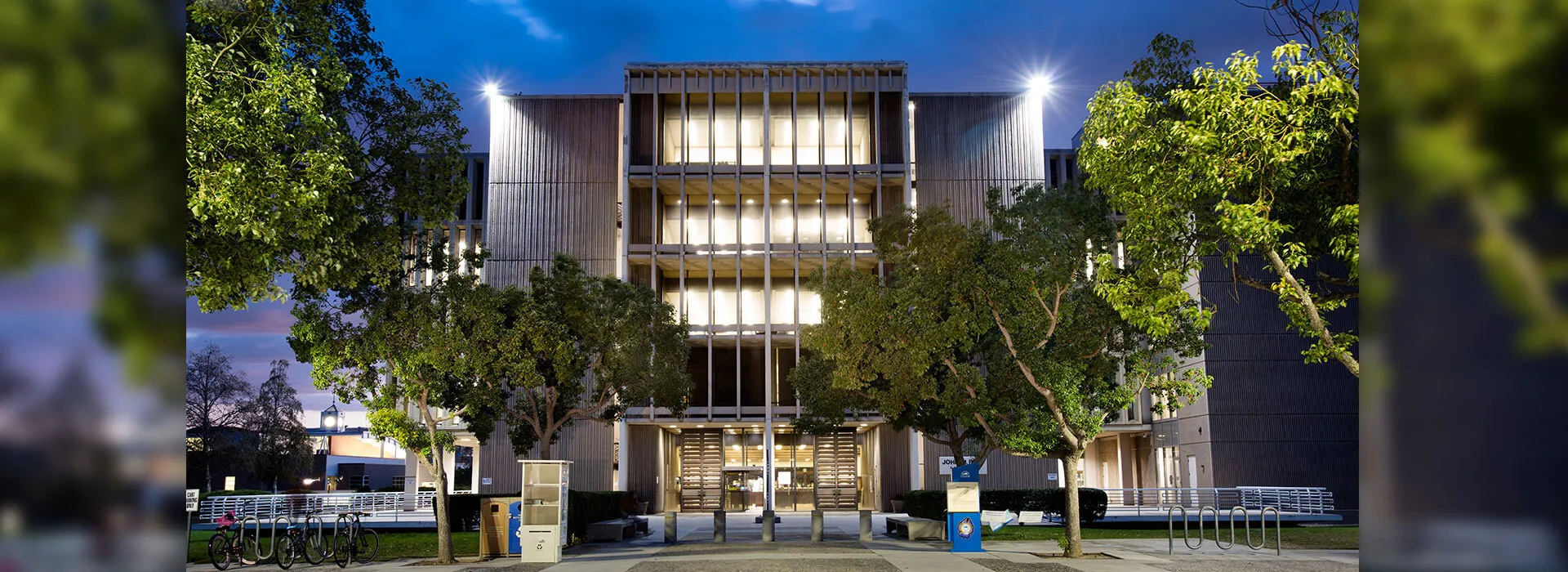
Artist and author Lily Yuriko Nakai Havey, who spent part of her childhood in a Japanese American internment camp during World War II, will share some of those experiences during a presentation at Cal State San Bernardino on Thursday, March 3.
“‘Only My Freedom:’ Childhood Memories of a Wartime Prison Camp” will take place from 4-5:30 p.m. at the College of Social and Behavioral Sciences building in room SB 128. The event is free and open to the public; parking at CSUSB is $6.
Havey will display slides of some of her artwork and read passages from her book, “Gasa Gasa Girl Goes to Camp: A Nisei Youth Behind a World War II Fence.”
Born in Los Angeles in 1932, Havey was 10 years old when she became one of 120,000 people of Japanese descent (many of them American born) who were forced to leave their homes for prison camps. The United States government had labeled them “enemy aliens” and “non-aliens,” rounded them up, and sent them to isolated camps.
Havey and her family were first held at the Santa Anita Assembly Center, then sent to the Amache War Relocation Center near Granada, Colo., one of 10 War Relocation Authority prison camps in the U.S., and not far from the Colorado-Kansas border.
After the war, she and her family settled in Salt Lake City, Utah. Havey went on to study and graduate from the New England Conservatory of Music, then earned her master of fine arts degree from the University of Utah. She taught English, creative writing and humanities in high school for 13 years before starting a stained glass business.
It was in the 1980s when she read accounts of Vietnam war veterans dealing with post-traumatic stress disorder that she realized that she, too, suffered from the same symptoms: heightened, startled reactions to loud noises and unease with enclosed spaces and bright lights. Havey wondered if it had to do with her childhood incarceration in Santa Anita and Amache. She began painting with watercolors to explore her emotions.
As her artwork went on display at galleries and art shows, people asked her for descriptions of the paintings. The vignettes that came from these conversations led to her memoir, “Gasa Gasa Girl Goes to Camp: A Nisei Youth Behind a World War II Fence,” published in 2014 by the University of Utah Press.
Havey’s unique perspective and frank writing has opened up topics rarely discussed in relation to Japanese American wartime experiences. The paintings depict her memories of a time when she has no record of herself or her family in pictures as cameras were not allowed in the camp.
Her favorite painting, “Only My Freedom,” juxtaposes the freedom of the jack rabbits that hopped back and forth across the fence line in Amache and Havey's own imprisonment.
She wrote: “‘I envy you, Mr. Rabbit,’ I told him. ‘You're free. You can hop to Kansas if you want.’ I yearned for this place I had never seen and barely knew about, but it lay beyond the barbed wire, beyond the reaches of the searchlight. It symbolized nirvana, the Promised Land.”
Just a few years ago, Havey’s son, Michael Havey, took her to visit the site where Amache had once been, and then brought her on that road just across the border into Kansas. Only decades later was she able to follow her beloved rabbits into Kansas.
Copies of “Gasa Gasa Girl Goes to Camp: A Nisei Youth Behind a World War II Fence,” will be available for purchase at the talk.
For more information on Lily Yuriko Nakai Havey’s presentation, contact Cherstin Lyon, associate professor of history, at clyon@csusb.edu.
Set in the foothills of the beautiful San Bernardino Mountains, CSUSB is a preeminent center of intellectual and cultural activity in inland Southern California. Celebrating its 50th anniversary in 2015-2016, CSUSB serves more than 20,000 students each year and graduates about 4,000 students annually.
For more information about Cal State San Bernardino, contact the university’s Office of Strategic Communication at (909) 537-5007 and visit news.csusb.edu.